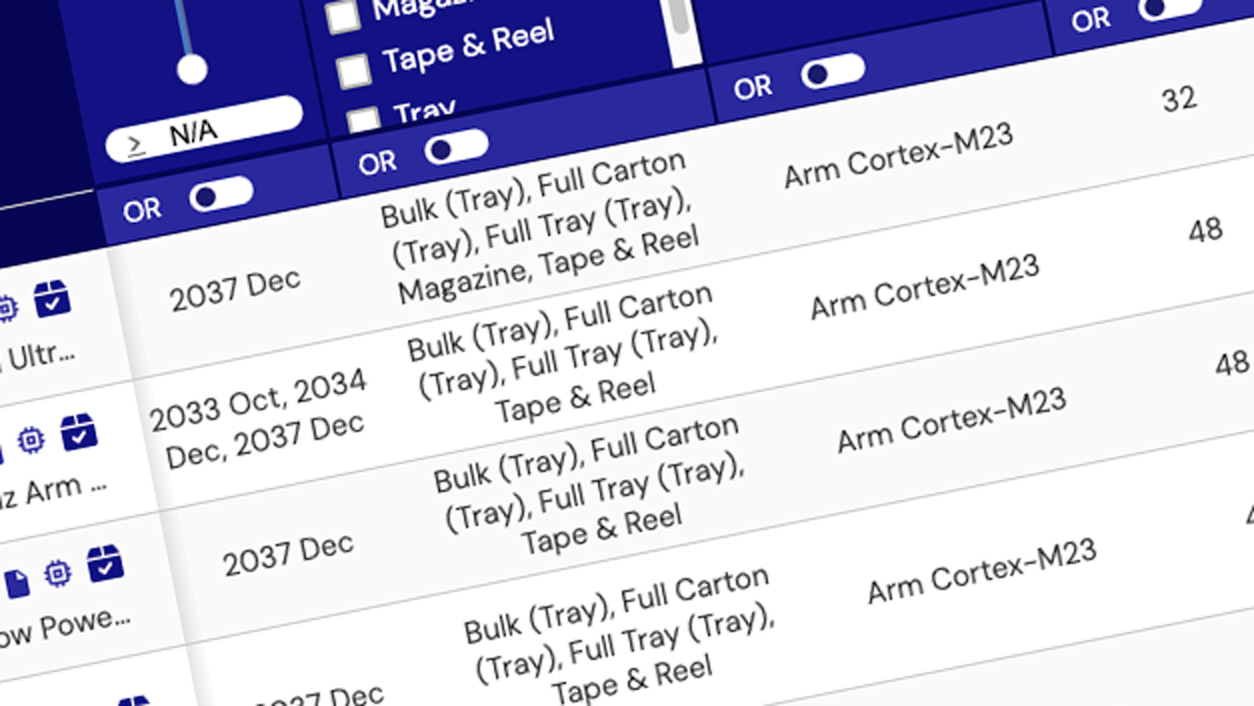Renesas clock generators and frequency synthesizers are all PLL clock-based products that generate one or more clock signals within an application. PLL-based products can generate different output frequencies from a common input frequency. Typically in a system, each peripheral requires a different frequency to operate.
Renesas' products produce clock output frequencies within strict tolerances for the application they are clocking. In most cases, they use a simple, low-cost, fundamental-mode quartz crystal as a reference, or another clock as the frequency reference, from which they generate low-jitter output clocks. Multiple copies of some frequencies may be provided to drive multiple loads. They also allow for frequency translation - either multiplication or division. Renesas offers solutions for single-ended and differential clock outputs. There are also devices available with an external feedback path for more precise control.
Key Considerations for Choosing a Clock Generator
There can be several considerations in selecting the correct clock generator or frequency synthesizer. These high-level specifications should be taken into consideration:
- Clock jitter: This is a measure of the amount of error a clock signal has with respect to the ideal signal, in either the time or frequency domains. In most applications, clock jitter is one of the main criteria, typically defined by the needs of the processor, FPGA or ASIC. In addition, clock signal quality may also be driven by the application itself. For example, to meet 10 Gigabit Ethernet requirements, a supplier may come up with its own jitter budget for either the transmit or receive path; or to be compliant to the PCIe Gen 1,2 or 3 standards, there may be another set of requirements. Renesas meets the jitter requirements of virtually any application.
- Frequency range: Different clock synthesizers are optimized for different frequencies. Some devices offer very good performance over a wide range of frequencies, while others offer unparalleled performance designed for a narrow frequency band specific to a particular application. When exact frequency requirements are unknown, customers can benefit from Renesas' wide selection.
- Input and output signaling type: Every clock signal needs a defined high / low voltage, and rise / fall time. These are classified as “signaling types” that conform to industry standards, such as LVCMOS, LVDS, LVPECL, HCSL, to name a few. Some clock generators offer support for fixed signaling types, while others are more flexible and support multiple types. Some types are single-ended while others are differential clocks; Renesas has them all.
- Supply voltage: This is the voltage required to operate the device. Generally, the clock signal generator’s supply voltage is determined by the power rails that are available in the system. Lower supply voltages will generally offer lower power dissipation. Renesas is continually offering innovative low voltage options to save power without sacrificing performance.
- Level of integration: It’s generally a good idea to choose a clock generation device that can meet the system requirements with the fewest number of components and circuit complexity. Fewer components simplify the design and procurement process for faster time to market, and can even improve reliability for better production yields. Renesas offers some of the industry’s most integrated solutions for highly-complex systems, along with right-sized solutions for those that fall in between.
About Clock Generators and Frequency Synthesizers (Clock Synthesizers)
A clock signal generator is a circuit that produces a timing signal for use in synchronizing a system’s operation. At its most basic level, a clock generator consists of a resonant circuit and an amplifier. The resulting timing signal (or clock signal) can range from a simple 50 percent duty cycle square wave to more sophisticated arrangements. The resonant circuit is usually a quartz piezo-electric oscillator, although simpler tank circuits and even RC circuits may be used in some cases. As clock generation timing outputs become more complex, we typically refer to these devices as frequency synthesizers or clock synthesizers. A frequency synthesizer may combine a frequency multiplier, frequency divider, and frequency mixer operations to produce the desired output signal. Frequency multipliers generate an output signal whose output frequency is a harmonic (multiple) of its input frequency, while the mixer generates sum and difference frequencies. Many clock synthesizers or frequency synthesizers are known as phase-locked loop clocks (PLL clock), which contain PLLs used to compare the phase of the input and, and adjust the frequency of its oscillator to keep the phases matched. Programmable clock generators allow the number used in the multiplier or divider to be changed, allowing a wide variety of output frequencies to be selected without modifying the hardware.
The Renesas clock generators or clock synthesizer products support several different type of differential clock output levels such as LVPECL, LVDS, HCSL etc.
